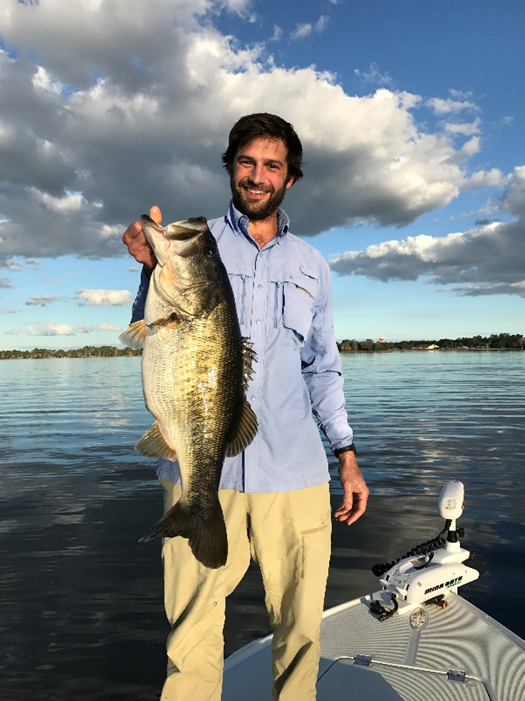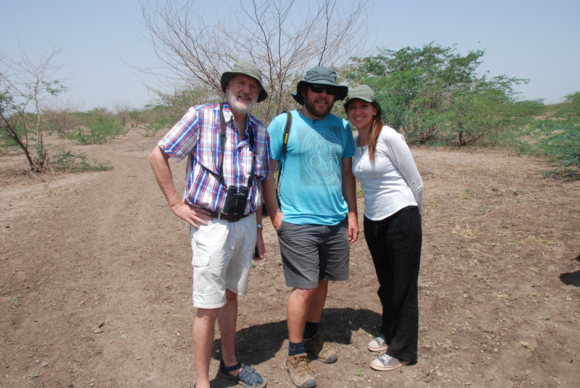12 March 2019 | By John Hargrove
Multiple species of black bass (a collective term that refers to members of the genus Micropterus, including Largemouth Bass Micropterus salmoides and Florida Bass Micropterus floridanus) have been introduced into southern Africa and form the basis of an important recreational fishery. First introduced in the 1920s, Largemouth Bass are now present throughout South Africa, and Florida Bass were subsequently introduced in the 1980s to promote growth in existing bass populations. Where Florida Bass and Largemouth Bass co-occur, they produce hybrids that are only reliably identified using genetic methods.

C·I·B Core team member Olaf Weyl (South African Institute for Aquatic Biodiversity) together with John Hargrove and Jim Austin (University of Florida), and Honggang Zhao and Eric Peatman (Auburn University), used cutting edge molecular tools to refine and characterize the spread of Florida Bass alleles among Largemouth Bass populations in southern Africa. A total of 13 populations were sampled representing popular angling destinations in Mozambique, Botswana, Tanzania, and South Africa. Using 38 species-diagnostic single nucleotide polymorphisms (SNPs) they quantified levels of genetic introgression and the frequency of different hybrid classes among populations.
Their study identified select populations initiated with Largemouth Bass that have become dominated by Florida Bass alleles suggesting the potential selective advantage of Florida Bass in specific environments. Additionally, they discovered Florida Bass alleles in a population that was characterized as pure Largemouth Bass based on earlier DNA analysis.
“Combined, these findings suggest Florida Bass alleles are more widespread in southern Africa than previously recognized and that new DNA technologies afford greater resolution in individual estimates of hybridization,” says John Hargrove.
Read the paper
Hargrove, J.S., Weyl, O.L.F., Zhao, H., Peatman, E. and Austin, J.D. 2019. Using species-diagnostic SNPs to detail the distribution and dynamics of hybridized black bass populations in southern Africa. Biological Invasions. https://doi.org/10.1007/s10530-018-01912-8
For more information, contact John at john.hargrove@gmail.com



